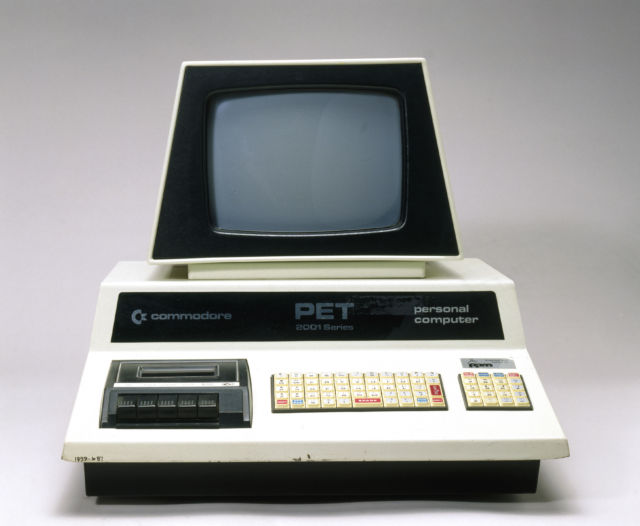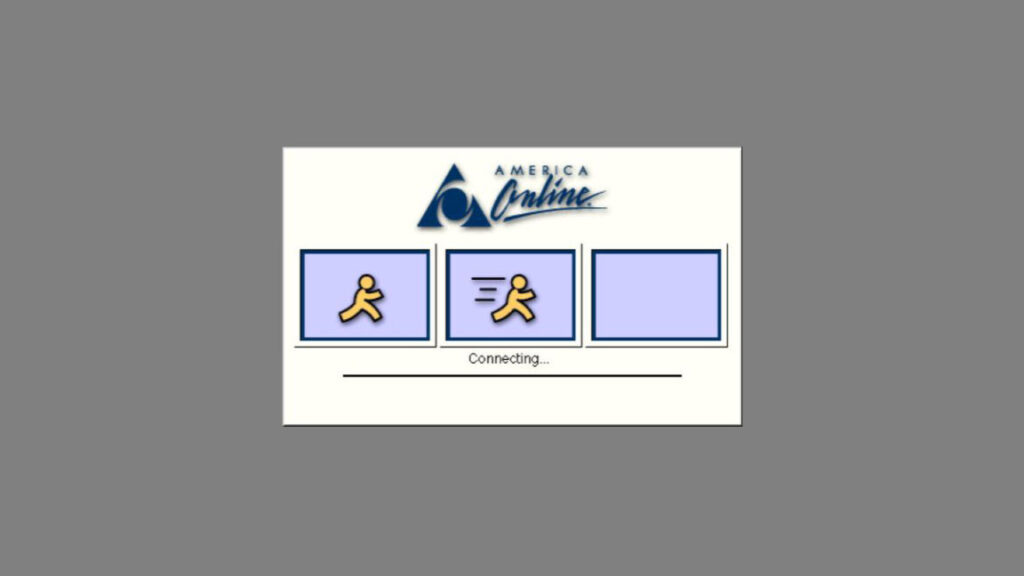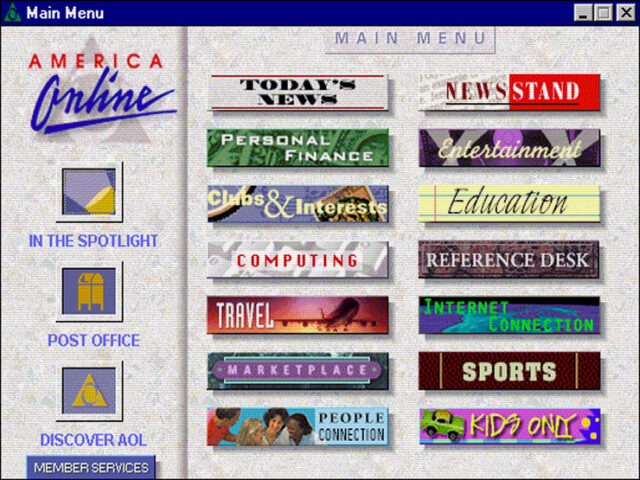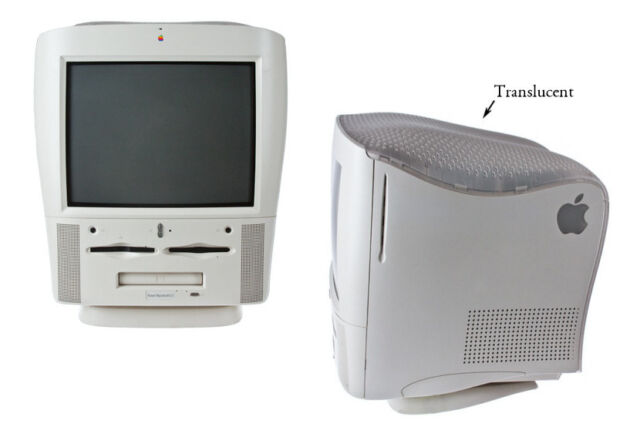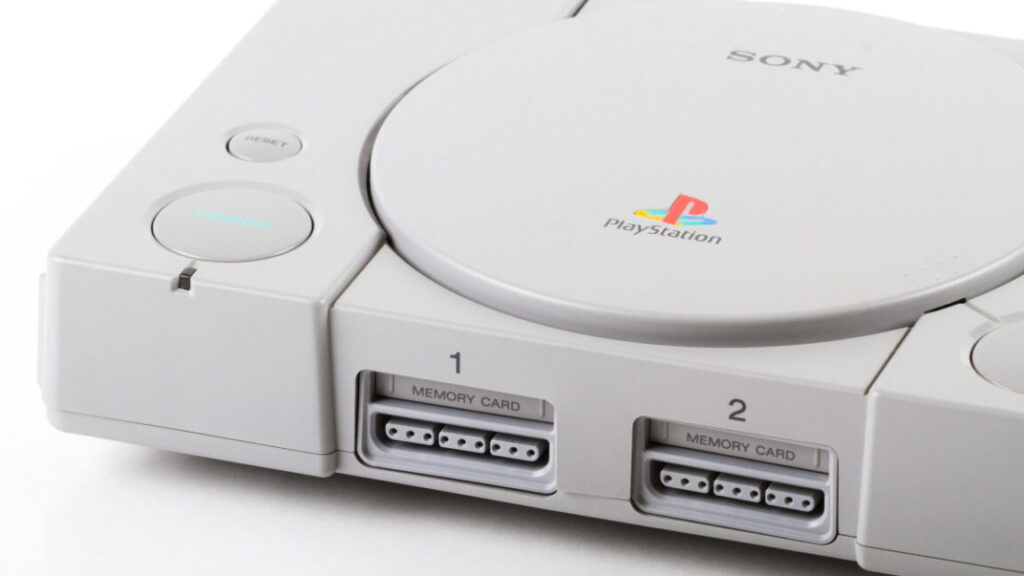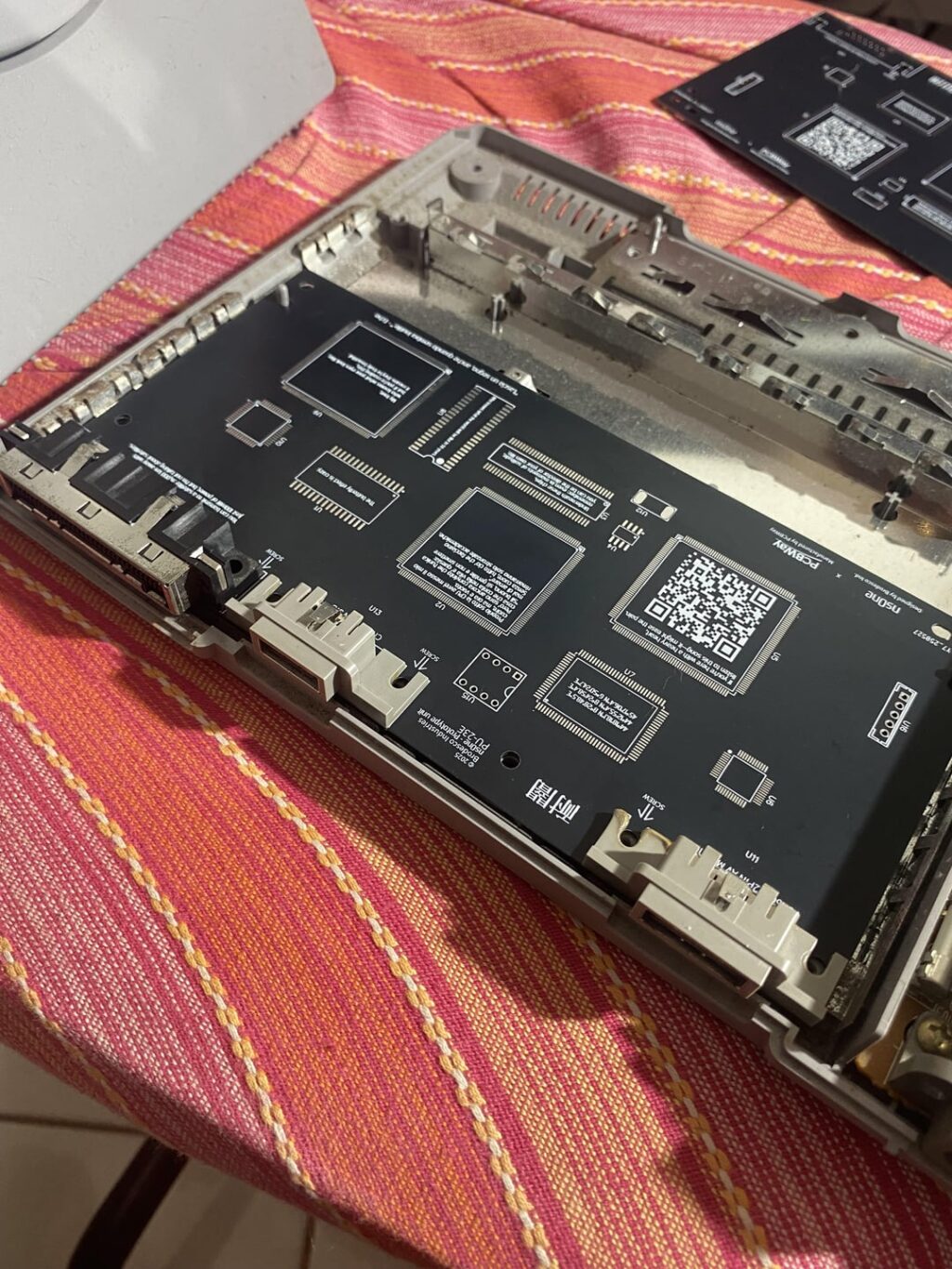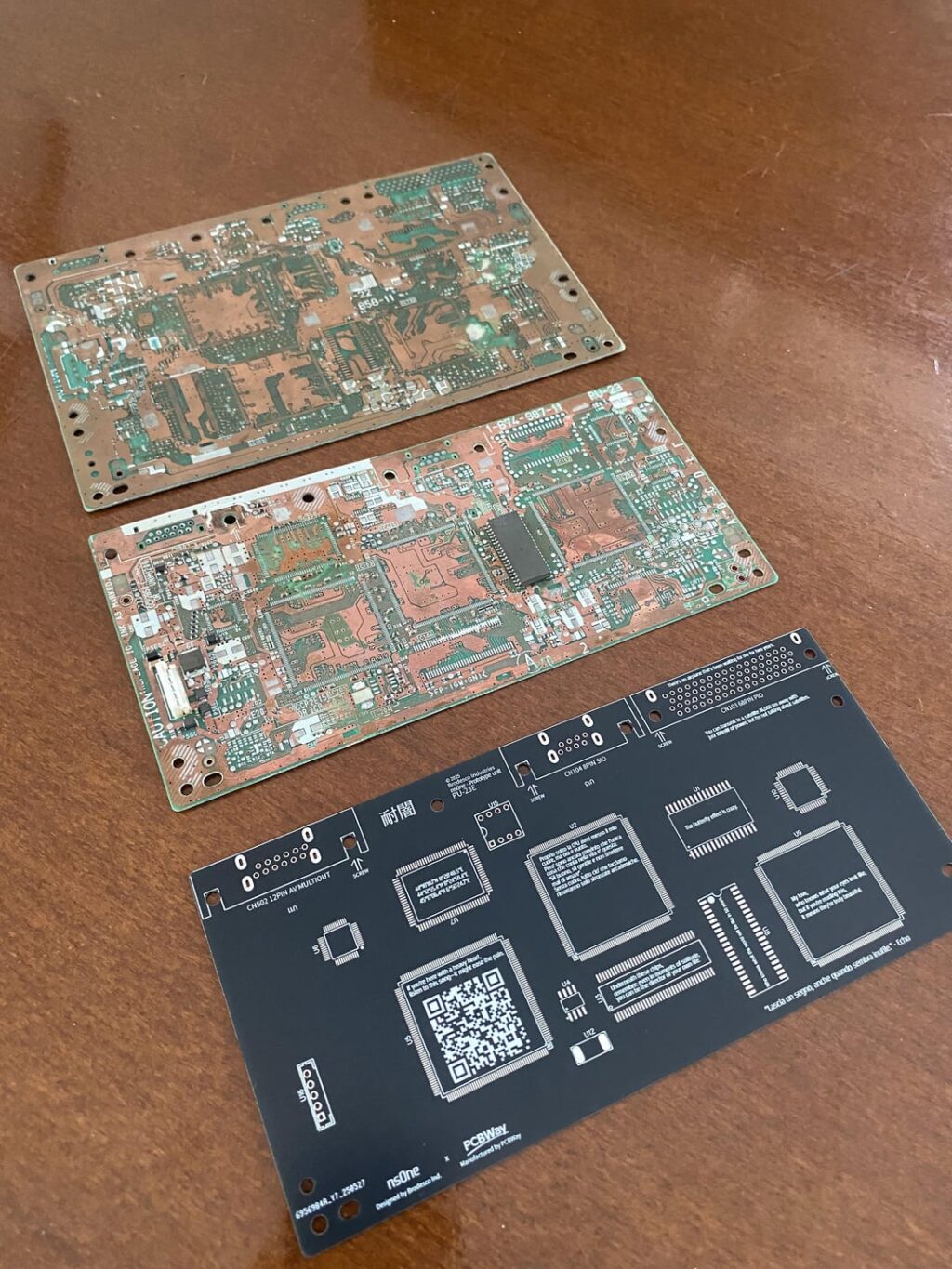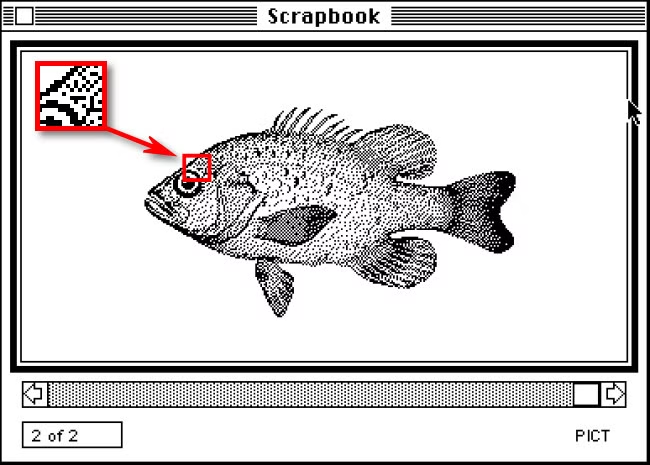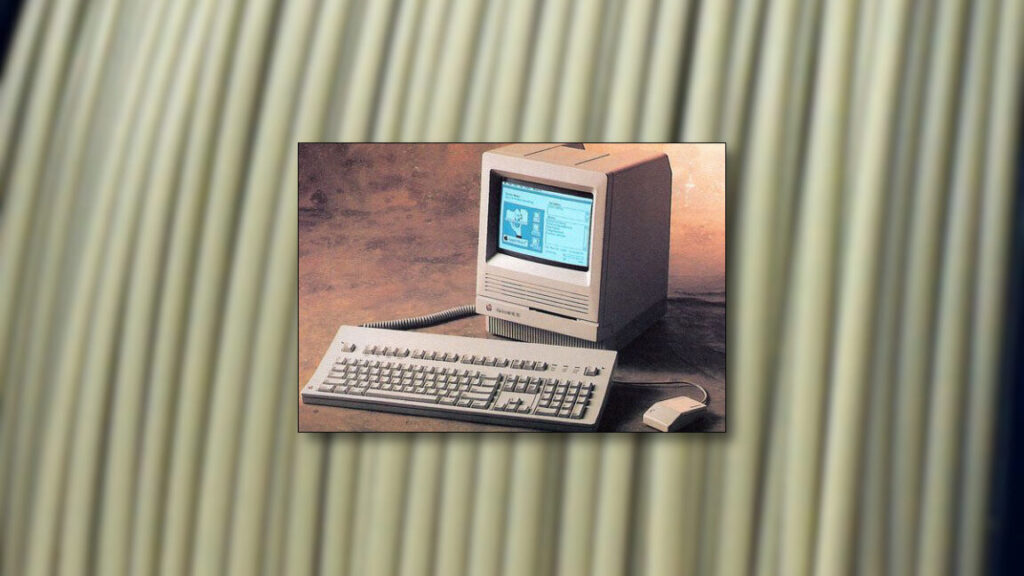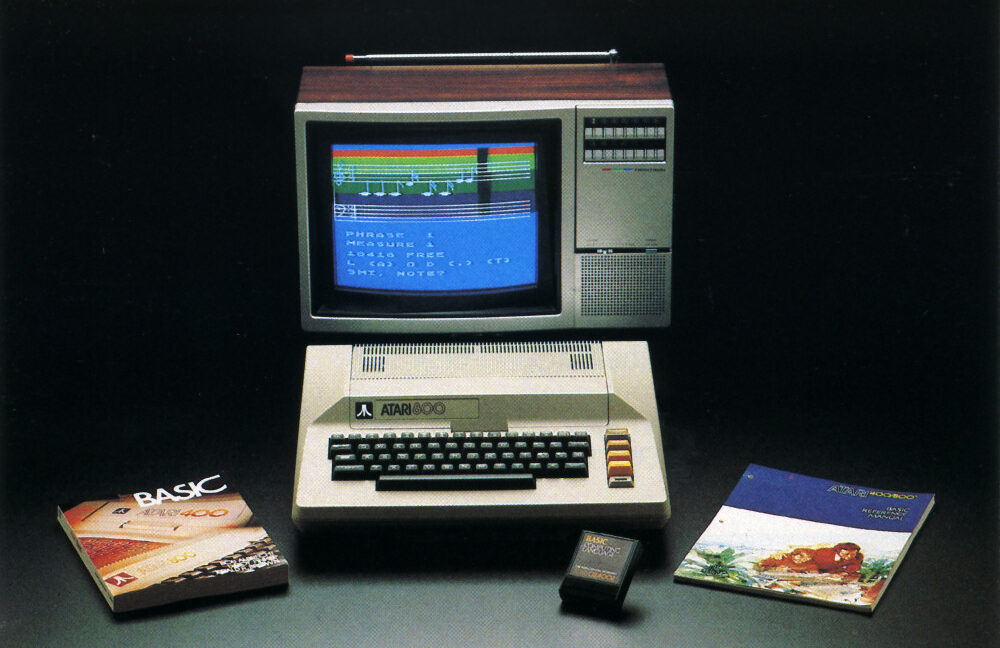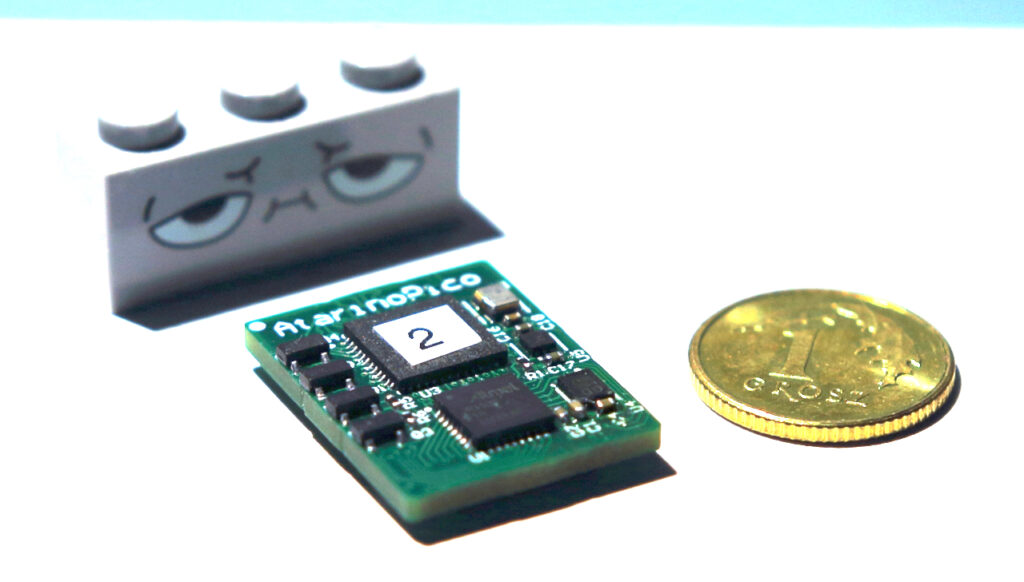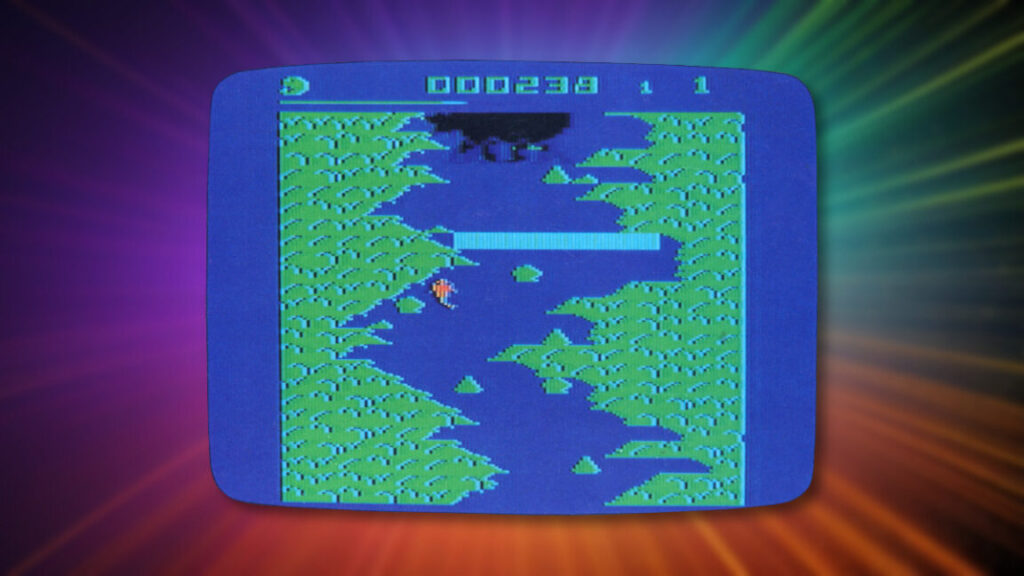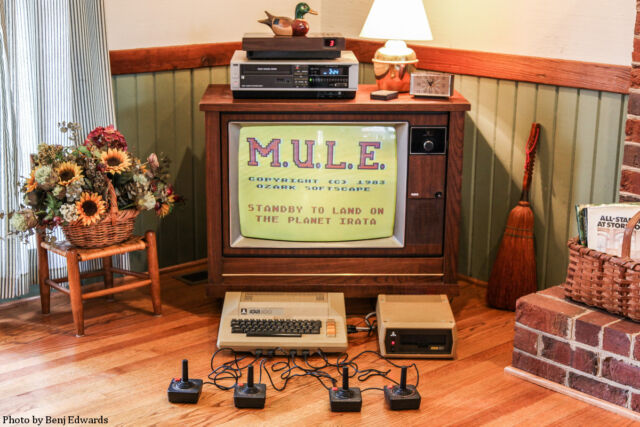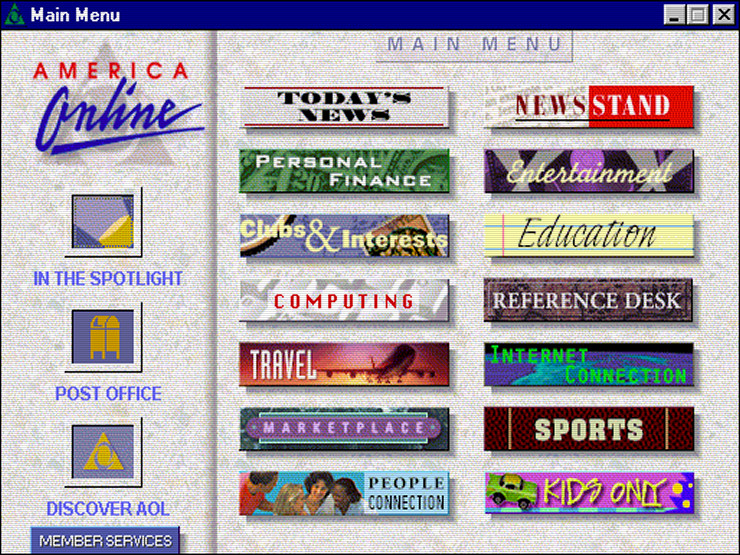Celebrated game developer Rebecca Heineman dies at age 62
From champion to advocate
During her later career, Heineman served as a mentor and advisor to many, never shy about celebrating her past as a game developer during the golden age of the home computer.
Her mentoring skills became doubly important when she publicly came out as transgender in 2003. She became a vocal advocate for LGBTQ+ representation in gaming and served on the board of directors for GLAAD. Earlier this year, she received the Gayming Icon Award from Gayming Magazine.
Andrew Borman, who serves as director of digital preservation at The Strong National Museum of Play in Rochester, New York, told Ars Technica that her influence made a personal impact wider than electronic entertainment. “Her legacy goes beyond her groundbreaking work in video games,” he told Ars. “She was a fierce advocate for LGBTQ rights and an inspiration to people around the world, including myself.”
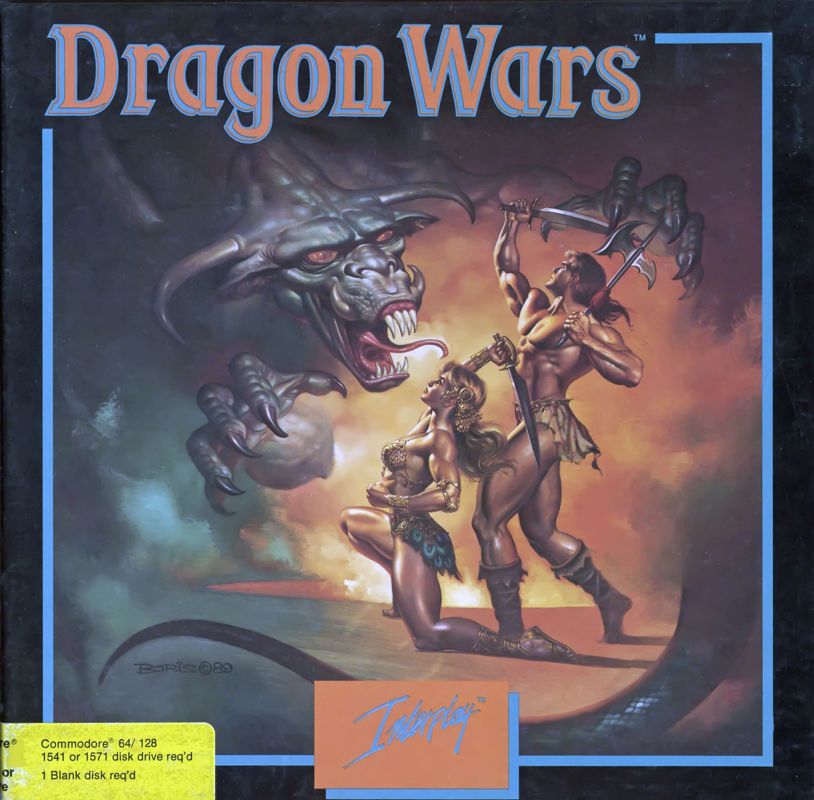
The front cover of Dragon Wars on the Commodore 64, released in 1989. Credit: MobyGames
In the Netflix documentary series High Score, Heineman explained her early connection to video games. “It allowed me to be myself,” she said. “It allowed me to play as female.”
“I think her legend grew as she got older, in part because of her openness and approachability,” journalist Ernie Smith told Ars. “As the culture of gaming grew into an online culture of people ready to dig into the past, she remained a part of it in a big way, where her war stories helped fill in the lore about gaming’s formative eras.”
Celebrated to the end
Heineman was diagnosed with adenocarcinoma in October 2025 after experiencing shortness of breath at the PAX game convention. After diagnostic testing, doctors found cancer in her lungs and liver. That same month, she launched a GoFundMe campaign to help with medical costs. The campaign quickly surpassed its $75,000 goal, raising more than $157,000 from fans, friends, and industry colleagues.
Celebrated game developer Rebecca Heineman dies at age 62 Read More »




